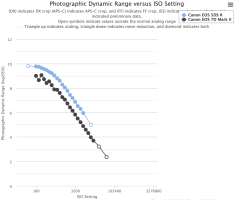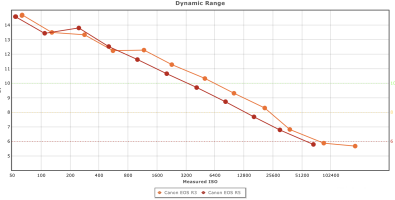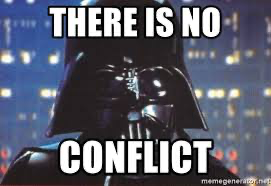Maybe to add to the "Whats next" question:
Here is a survey from a german tech website, asking people about their habits with cameras / smartphones. A few interesting insights.
Q: When buying a new camera it will probably be:
1. a new smartphone
2. a small compact camera
3. a proper, but fixed lens camera
4. a ILC
View attachment 218996
Q: Do you have a dedicated camera? what kind is it?
1. digital camera with integrated lens
2. fixed focal length digital camera
3. DSLR
4. MILC
5. Analog camera
6. Instant camera
7. something else
8. No, but I would like to have one
9. No, and I dont want one
10. No, but I had one in the past
View attachment 218997
Q: What sensor size does your camera have?
1. Smaller than 1 inch
2. 1 inch
3. MFT
4. APS-C
5. Full Frame
6. Medium Format
7. Does not have a sensor aka analog camera
View attachment 218998
Q: What brand is your camera?
View attachment 218999
Q: How many lenses do you own?
View attachment 219000
Source:
https://www.computerbase.de/2024-08/fotografie-wie-nehmt-ihr-fotos-auf-mit-smartphone-oder-dslm/
I hope this is interesting to some of you

It might be only a small sample within a "tech bubble" community, but nice to see nonetheless. Cheers



